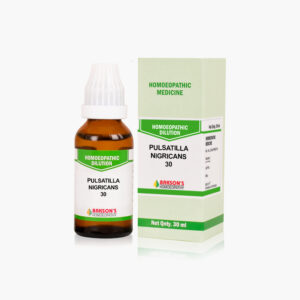What are Voiding Disorders?
The normal micturition process requires the proper function of both bladder and urethra. Also, normal functioning of detrusor muscle and competency of internal and external urethral sphincters is essential to ensure a healthy urinary incontinence.
Bladder dysfunction or voiding disorders vary with the neuroanatomy and neurophysiology disorders of the upper and lower urinary tract system. Any abnormal functioning of the related structures due to trauma or a disease can cause bladder dysfunction.
Almost, 70 to 84% of patients with spinal cord injuries have neurogenic bladder dysfunction at some point in their life. The mean age of neurogenic bladder patients is 62.5 years.
Aetiology
Some of the conditions that can lead to voiding disorders are-
- Normal-pressure hydrocephalus
- Spinal cord injuries
- Cerebral palsy
- Traumatic brain injury
- Parkinson disease
- Multiple sclerosis
- Dementia
- Guillain-Barre syndrome
Sign and symptoms
The presentation of symptoms depends on the location of the lesion along the efferent (motor) or afferent (sensory) portions of the sacral arc pathway, alone or in combination. A common presenting symptom is a preserved sensation of bladder fullness and an inability to empty (motor neurogenic bladder) and patients who can void but have decreased sensation (sensory neurogenic bladder).
Clinically, patients present with a mixture of symptoms that involve both pathways. Also, the status of certain reflexes provides information regarding detrusor and external sphincter function.
Diagnosis
History of the patient must be given prime importance in the evaluation of the neurogenic bladder. A questionnaire about the voiding habits that includes frequency, number of voiding episodes, voiding volume, sense of incomplete evacuation or not, symptoms of UTI etc must be used for suspected patients.
Urine dipstick test is also recommended for all the patients with voiding disorders. Other important investigations that can be employed are ultrasound of the urinary tract, urine bacteriology, a urodynamic study and urine creatinine clearance.
General management
The treatment depends on the underlying cause of the neurogenic bladder.
Warning: Above information provided is an overview of the disease, we strongly recommend a doctor’s consultation to prevent further advancement of disease and/or development of complications.
Disclaimer: The information provided herein on request, is not to be taken as a replacement for medical advice or diagnosis or treatment of any medical condition. DO NOT SELF MEDICATE. PLEASE CONSULT YOUR PHYSICIAN FOR PROPER DIAGNOSIS AND PRESCRIPTION.



 Login
Login









